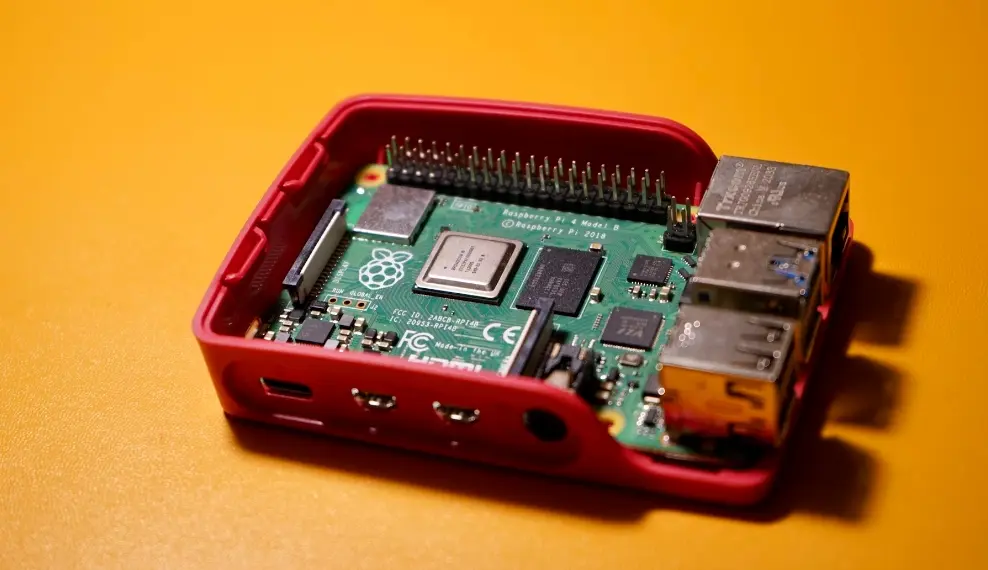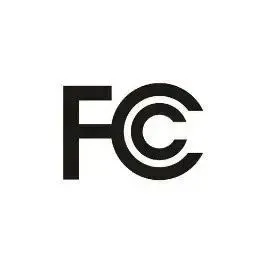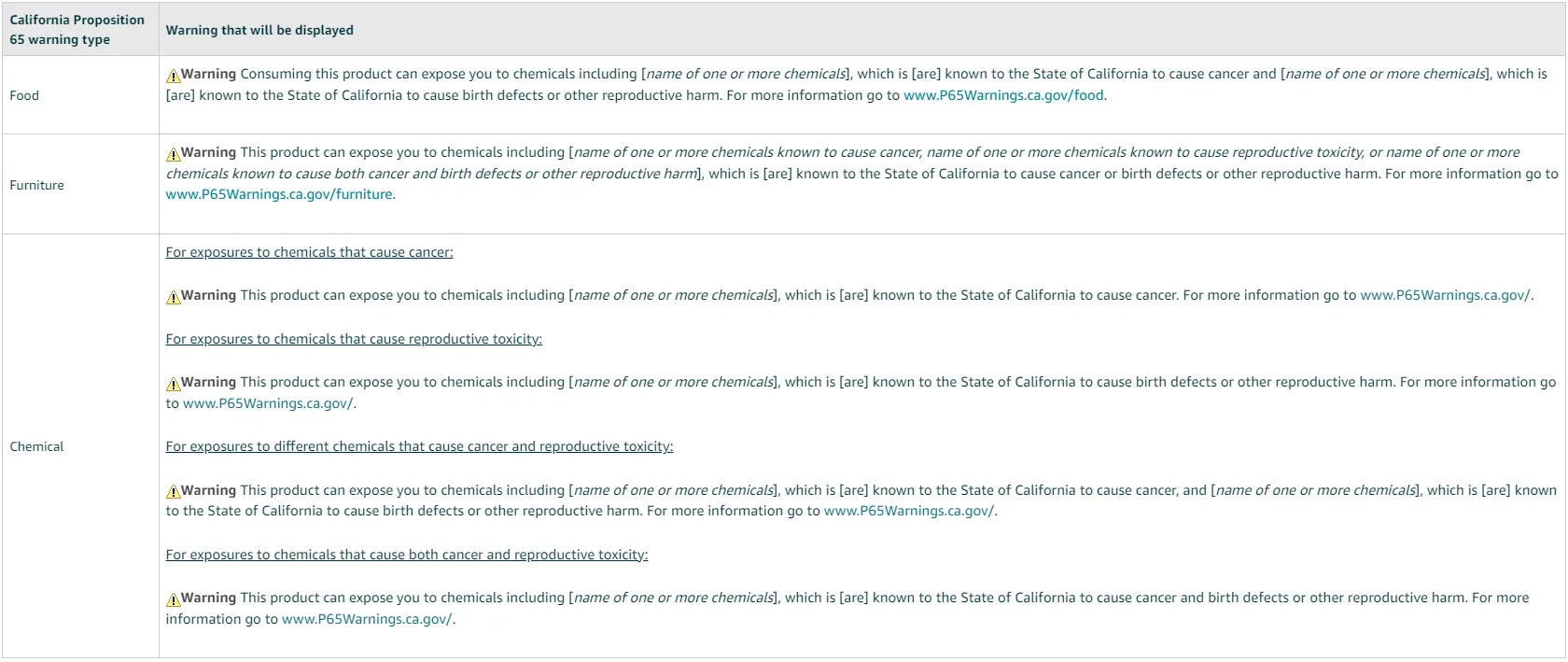
FCC Certification Marking Requirements
1. Origin of the FCC
The FCC stands for the Federal Communications Commission. According to the relevant sections of the U.S. Code of Federal Regulations (CFR 47), all electronic products entering the United States must undergo electromagnetic compatibility certification, also known as FCC certification.

2. Types of FCC Certification
a. Certification
b. Declaration of Conformity (DoC)
c. Verification (self-verification or declaration)
The requirements become progressively less stringent from Certification to Verification.
3. Which Products Require FCC Certification?
1. Products with ICs, circuit boards, or sound components, or those with an operating frequency above 1.75 MHz must undergo FCC and ic certification.
2. Products with motors (magnetic coil components) with frequencies above 0.9 MHz must undergo FCC and IC certification.
3. Since frequency is often hard to determine, both types of products above generally require certification regardless of frequency.
4. FCC Certification Modes for Different Product Types
a. Wireless remote control products: Certification is required; the transmitter must obtain an fcc id number.
b. Other electronic products: Supplier’s Declaration of Conformity (sdoc) is required, along with a qualified third-party lab report.
5. fcc certification process
1. Prepare samples
2. Provide documentation
3. Submit samples for testing
4. Complete the test report
5. Submit the application
6. Review and issuance of certificate
6. Standards
a. FCC CFR 47 Part 15C (15.247):
b. For 2.4G products with Bluetooth or Wi-Fi functionality.
c. FCC CFR 47 Part 15C (15.249):
d. For 2.4G products without Bluetooth or Wi-Fi, e.g., wireless mice and keyboards.
e. FCC CFR 47 Part 22 Subpart H and Part 24 Subpart E SAP Standard DET 65:
f. For GSM mobile phones.
7. Required Documentation
1. User Manual(English) — must include FCC warning statement.
2. Antenna Specification— including frequency, gain, etc.
3. Label— must display FCC ID and FCC warning (required for products about palm-sized or larger).
4. Label Location— product photo showing label placement.
5. Schematics— PDF format.
6. Block Diagram— must indicate antenna, RF frequency, crystal frequency.
7. PCB Layout— PDF format.
8. PCB Placement Diagram— PDF format.
9. BOM (Bill of Materials)— in English.
10. Operational Description— circuit function description in English.
11. HW/SW Version— software and hardware version numbers.
12. Wireless Module Specification— RF parameters.
13. RF Test Fixed Frequency Software/Method— provide frequency control software or method.
14. Serial Number— product serial number.
15. IC Canada Representative Information— for ic id applications, provide Canadian representative’s signed authorization letter (not required if not applying for IC ID).
IC Certification
Industry Canada (IC) requires electromagnetic compatibility (EMC) certification for electronic products entering the Canadian market. The IC emc certification mark is mandatory. IC standards are largely consistent with fcc standards, though IC focuses only on electromagnetic interference.
1. ICES-001: Industrial, Scientific, and Medical Radio Frequency Generators
2. ICES-003: Interference-Causing Equipment Standards — Digital Apparatus
a. Examples: ITE products, computer peripherals, IC RSS Series low-power RF products
b. RSS-210: For wireless mice/keyboards, remote control toys, and various low-power RF devices
c. CS03: For PSTN telecom terminal equipment
Certification is issued by Canada’s FCB (similar to the U.S. TCB), which can provide both ic certificates and IC IDs. Often, IC certification can be combined with CE, FCC, VCCI, MIC, or bsmi certifications.
3. CSA: One of Canada’s safety certification marks.
4. cUL: UL’s safety mark for products sold in Canada, following the same process as UL mark application.
Email:hello@jjrlab.com
Write your message here and send it to us
 Does Your Product Need an FCC ID?
Does Your Product Need an FCC ID?
 What Are the Battery Compliance Test Reports?
What Are the Battery Compliance Test Reports?
 Christmas Children’s Products EU & US Complian
Christmas Children’s Products EU & US Complian
 Food Packaging Material Testing
Food Packaging Material Testing
 Cosmetic Product Safety Report
Cosmetic Product Safety Report
 What is Prop 65 Warning?
What is Prop 65 Warning?
 Does RoHS Apply to Packaging?
Does RoHS Apply to Packaging?
 How to Get RoHS Compliance?
How to Get RoHS Compliance?
Leave us a message
24-hour online customer service at any time to respond, so that you worry!




